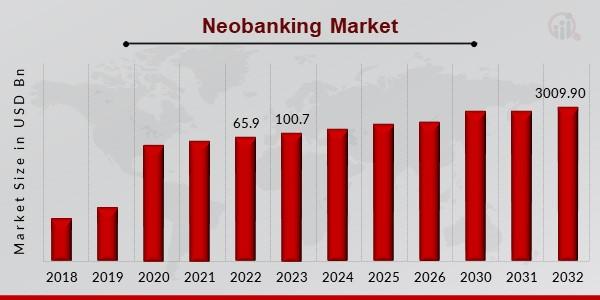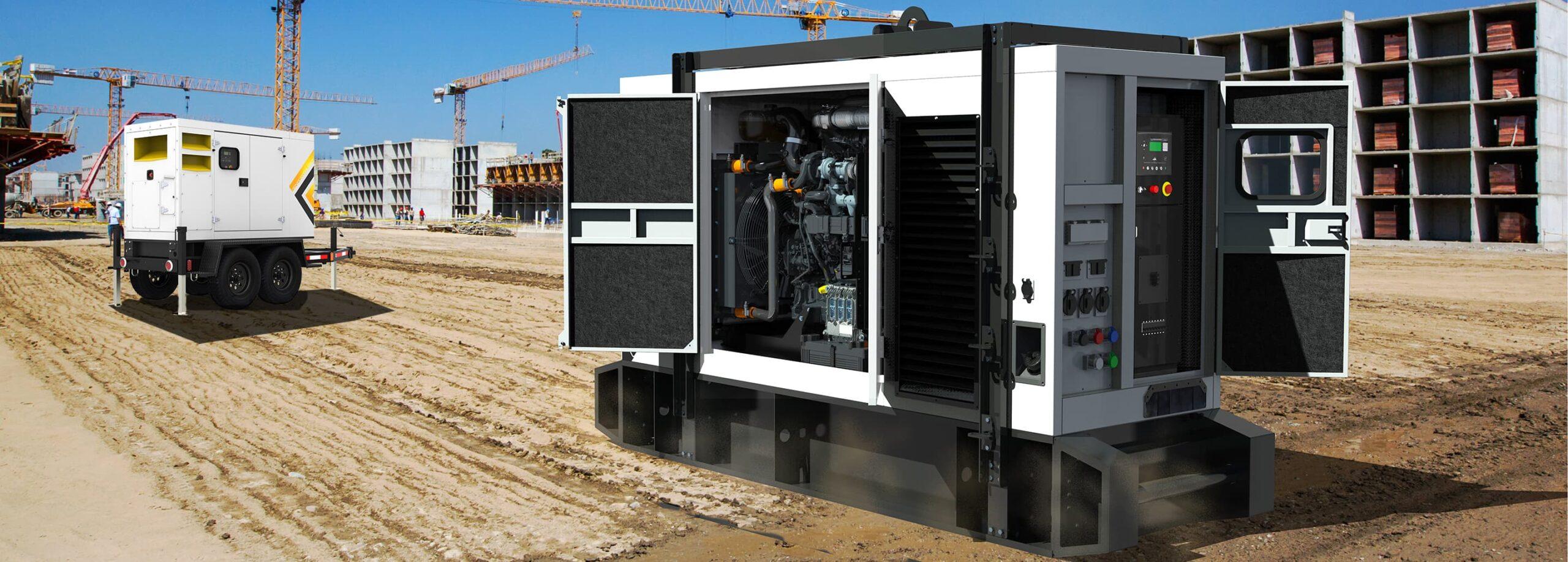The web design journey is a testament to the fast evolution of technology and user expectations. From the early days of static pages to today’s dynamic and immersive experiences, web design has continually adapted to fulfil the needs of the digital age.
In this article, we’ll explore the evolution of web design, tracing its progression from the past to the exciting possibilities of the future.
The Past: The Dawn of the Web
- Early Websites
In the 1990s, web design was characterized by basic HTML and simple layouts. Websites featured minimal graphics, and the focus was on straightforwardly delivering content.
- Table-Based Layouts
As the web expanded, designers embraced table-based layouts. These layouts allowed for more structure and control over page elements, although they often led to complex and cluttered code.
The Present: Modern Web Design Trends
- Responsive Design
With the climb of mobile devices, responsive design became essential. Websites adapt seamlessly to various screen sizes, providing a consistent device experience.
- Minimalism and Flat Design
Minimalism and flat design gained prominence, emphasizing simplicity, clean lines, and vibrant colours. This approach improves usability and load times.
- Scrolling and Long-Form Content
Scrolling became a natural way to navigate content-rich websites. Long-form content and storytelling are now common, engaging users as they scroll.
- Microinteractions
microinteractions like hover effects and animated buttons enhance user engagement and make a more interactive experience.
The Future: Emerging Trends and Possibilities
- AI-Driven Design
Artificial intelligence is poised to revolutionize web design. AI can analyze user behaviour, personalize content, and generate layouts and designs.
- Voice User Interfaces (VUI)
As voice assistants become more prevalent, web design will adapt to accommodate VUI, requiring new ways of presenting information without relying solely on visuals.
- Immersive Experiences
Web design is moving toward immersive experiences, with technologies like virtual reality (VR) and augmented reality (AR) playing a larger role in creating interactive and engaging websites.
- Advanced Animation and Microinteractions
Advanced animation and micro-interactions will continue to evolve, enhancing user engagement and making interactions more seamless.
- Ethical and Sustainable Design
Designers are increasingly mindful of the environmental impact of websites. Ethical and sustainable design practices will shape the future of web development.
Designing for the Future
As web design evolves, designers must balance aesthetic trends with functionality, accessibility, and user experience. Staying informed about emerging technologies and user preferences will be key to creating websites that are visually appealing but also effective and future-proof.




